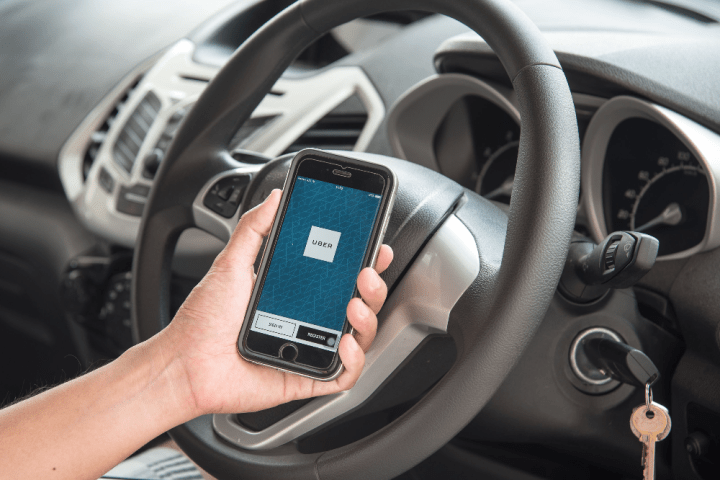
The question goes beyond just Uber drivers, or ridesharing drivers in general, but to the wider gig economy and even further to anyone who has individual control over their working hours. Behavioral economists who have studied this question cling to opposing conclusions based on their interpretation of the research, says the New York Times.
One group claims to have research that shows workers do what makes sense. If the money is flowing the rational group keeps working, and if the flow stops so do they. That would be the “quit when you’re losing” group. The NYT says those are the “more orthodox economists.”
Another group, however, says evidence shows many taxi and ridesharing drivers keep going when business is dragging but stop early when rides are plentiful. This is team “Quit While You’re Winning.” As applied to gambling, this strategy is like the one used by gamblers who who try to chase their luck to get back their losses — please call us if that ever works.
So what’s the deal with this? When and why do some Uber drivers stop when the cash flows and continue when it slows down and why do some act in the opposite manner? Well, Uber tracks pretty much all data related to trips, riders, and drivers. A study published earlier this year by an Uber researcher found support for both positions.
It turns out that beginning drivers set income goals. When they hit the goal, they stop. If they don’t reach the goal, they keep going. That basically sums up the quit when you’re winning group because once the trips they drive yield a certain amount of money, they’re fine with that and “go off the app,” so to speak. Until those drivers hit their magic income number for the day, however, they keep grinding it out.
“A substantial, although not most, fraction of partners do in fact come into the market with income targeting behavior,” wrote Michael Sheldon author of the study.
Sheldon goes on to say that the quit-while-you’re-winning pattern is “rather quickly learned away in favor of more optimal decision making.” Once drivers figure out they can maximize weekly or monthly income by driving when business is good and stopping when it’s not, they adapt.
According to Princeton economist Henry Farber, it’s common for beginners not to get it that they should keep driving when business is rocking. “New drivers who can’t figure it out leave the business,” Farber said. “The ones who stay tend to learn.”



